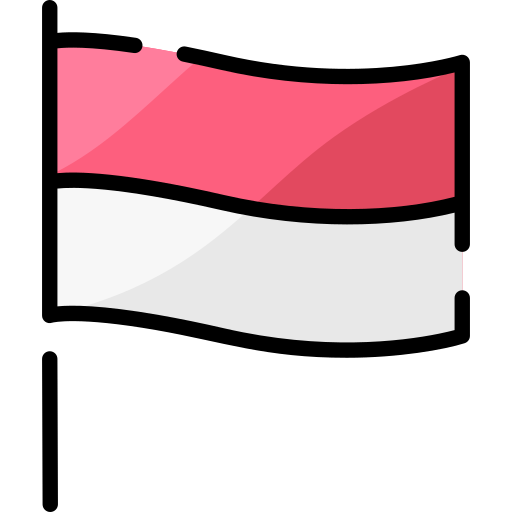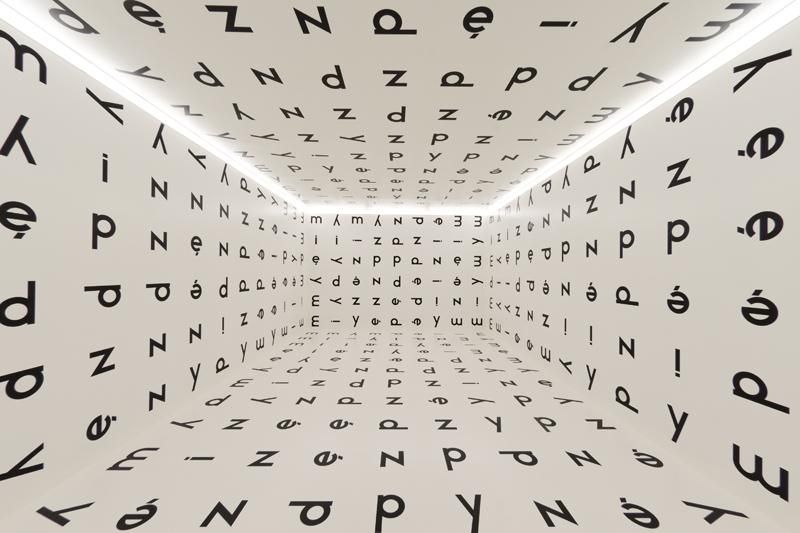When we first become interested in a language, we don’t even think about its origin. In ancient times, all Slavs spoke the same language – Proto-Slavic. When they began to run out of space, the tribes split in different directions. So from a common language, two languages emerged: a Western and an Eastern one. Over time, the dialects became fragmented, the Proto-Slavic dialect was completely forgotten and new Slavic languages began to form.
Origin of the Polish language and alphabet
It is impossible to determine the exact period when the Polish language was formed. What can be said with certainty is that until the beginning of the 16th century Poles spoke Latin and various dialects.
The language began to form in the 16th century. It was in this period that spelling and phonetic rules appeared. The first grammar was written by Piotr Statorius-Stoenski (1568). It was not until the 19th century that the creation of the language was completed. The first 6-book dictionary was published in 1807 by Samuel Bohumil Linde. It contains 60 000 words.
Today Poles speak 5 main dialects: Mazovian, Lesser Polish, Kashubian, Greater Polish and Silesian. All of them are based on the language of ancient Slavic tribes. As in other vocabularies, Polish has many Russianisms, Anglicisms, Latinisms, Germanisms and Gallicisms. Many factors influenced the formation of today’s Polish language: religion, trade, wars and others.
If you are going to learn Polish, it is a good idea to start with the alphabet. Of course, it is possible to learn Polish by ear by repeating phrases and words, but it requires constant contact with native speakers and a lot of time. The polish alphabet consists of 32 letters, most of them taken from Latin. However, there are some purely Polish letters.
There are also combinations of letters – digraphs.
The letters “ą” and “ę” sound differently, depending on their unions with other letters.
At the end of a word and before: s, z, ś, ź, rz, sz, ż, w, f, ch – as nasal vowels.
There are combinations and letters with the same sound with different spellings:
dzi = dź; zi = ź; ó = u; rz = ż; si = ś; ch = h; ni = ń; ci = ć.
Where to place the accent in Polish
It is very easy to remember where to place the accent. It is always on the penultimate syllable. But there are some exceptions.
Here are the most common ones:
In foreign words the accent is retained (e.g. menu).
In two adjacent monosyllabic words – always on the 1st syllable (nie znam).
On the 3rd syllable from the end:
In words of Greek origin having the ending ika or yka (matematyka);
in singular conditional verbs (przeczytałbym);
in past I and II plural verbs – my, wy (czytaliśmy – czytali).
If you are familiar with the alphabet for the first time, you will find that there is nothing difficult to learn. You can learn this language quickly enough and there is no need to take a course. That is why Polish is so easy to learn.
You may also like:



